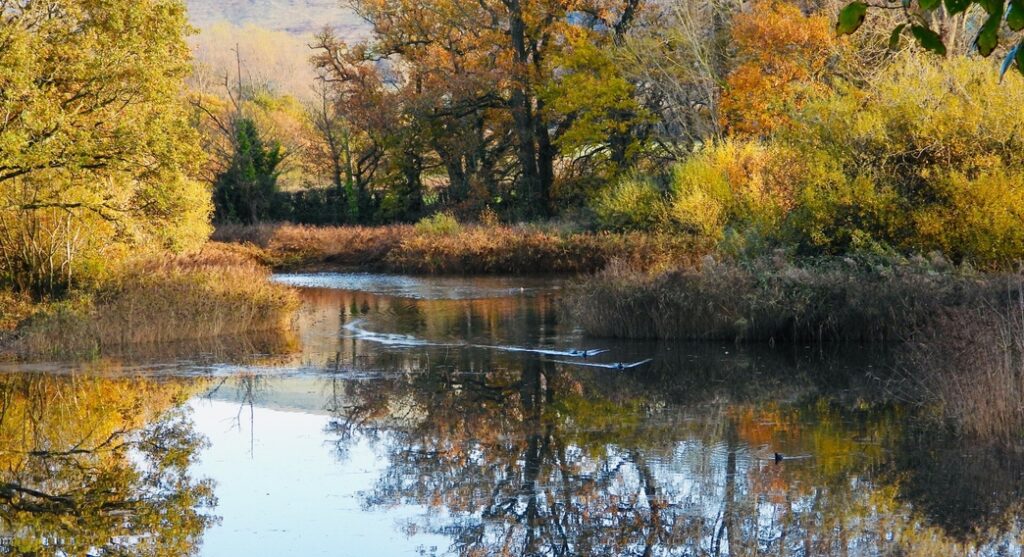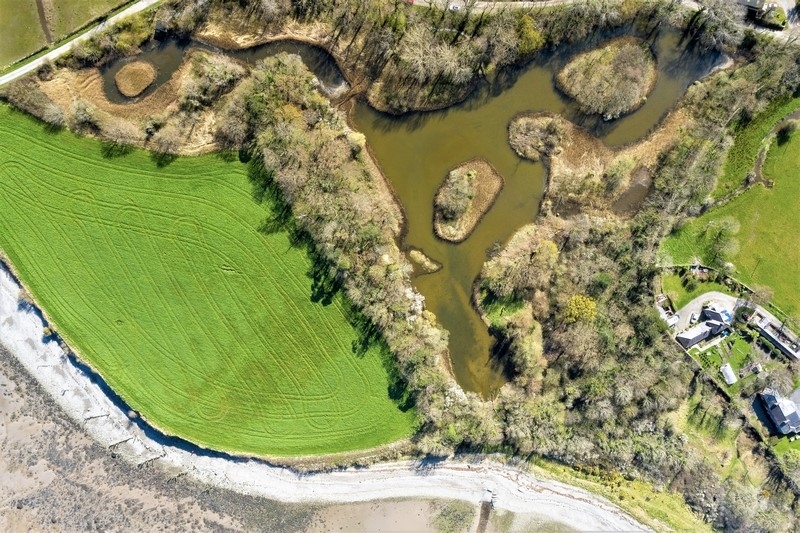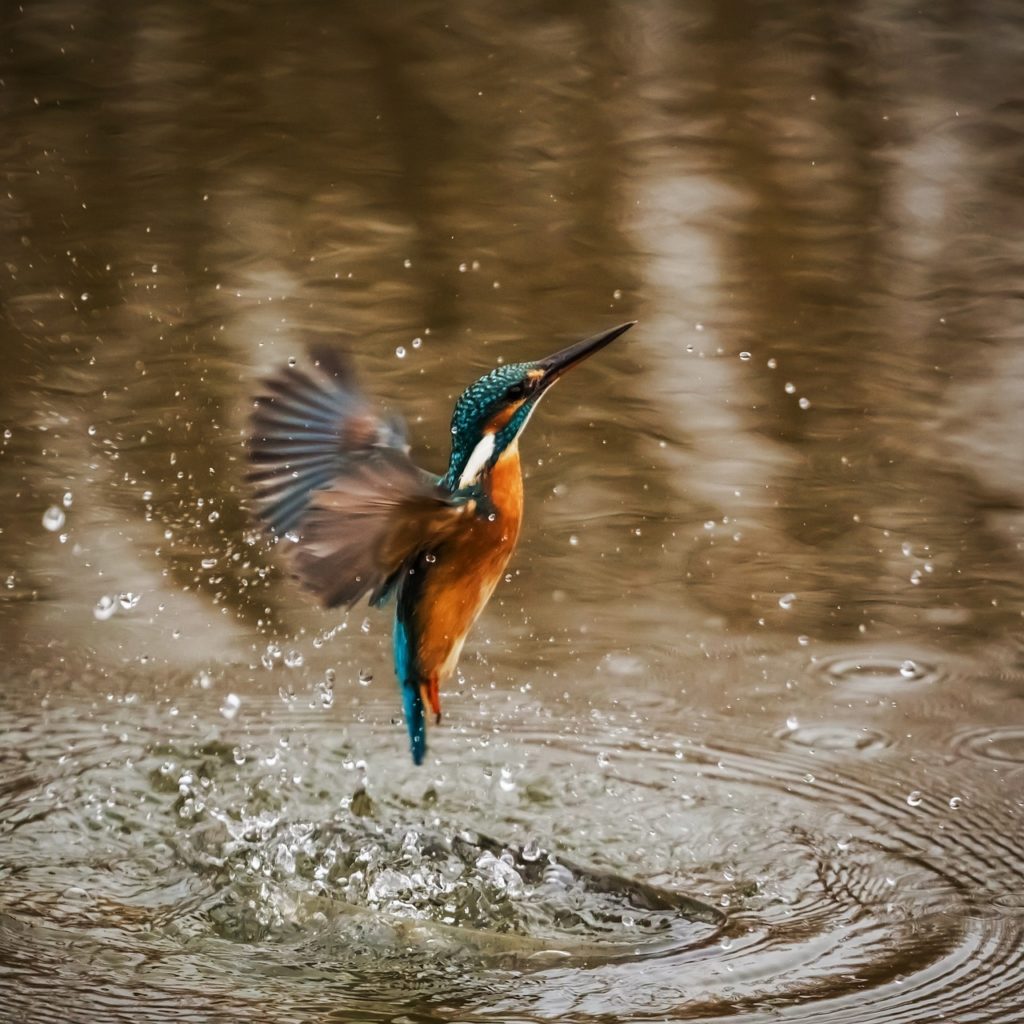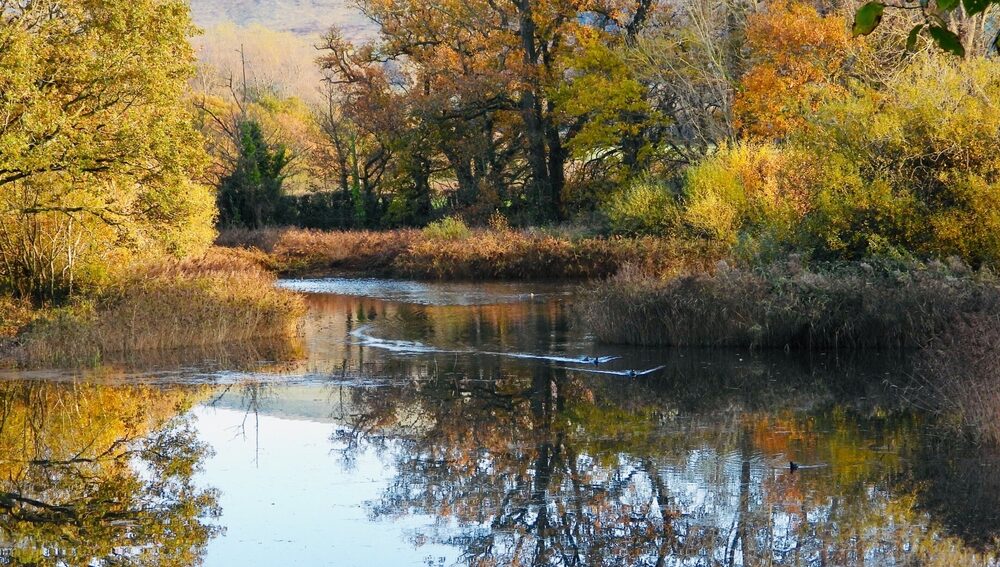 The location currently known as ‘Spinnies’. Image: North Wales Wildlife Trust
The location currently known as ‘Spinnies’. Image: North Wales Wildlife Trust
A Welsh wildlife trust is considering changing the name of one of its nature reserves from ‘Spinnies Aberogwen’ to ‘Llyn Celanedd’ after information about ‘sacred burials’ that once took place there came to light.
North Wales Wildlife Trust consulted with local users about the site near Tal y Bont, Bangor, along with residents and their wider membership before they announce their final decision later this month.
Views collected from the consultation, which has now closed, are set to be discussed by trustees in August, and then if a name change looks appropriate, they aim to provide the name and research to the Place-names Standardisation Panel of the Welsh Language Commissioner for consideration.
Research
Historical information came to the Trust’s attention, providing evidence for a name change from “Spinnies Aberogwen” to “Llyn Celanedd”.
Research shows that the site has a fascinating history involving Welsh aristocracy, sacred burials, a shifting river, and a lost name now re-found. Read the research in full here.
 A drone shot of the location currently known as ‘Spinnies’. Image: North Wales Wildlife Trust
A drone shot of the location currently known as ‘Spinnies’. Image: North Wales Wildlife Trust
It is the Trust’s policy that “where a property has an English name, the Trust will endeavour to determine and use its Welsh name”.
They say that they are proud to be rooted in the local area, and reflect the culture, geography and wildlife that make north Wales so special, adding: “We support the idea of reviving Welsh place names, and fully embrace the close relationship between people and their local environment.”
‘Spinnies’
Spinnies Aberogwen Nature Reserve, as it is currently known, features a series of lagoons and surrounding habitat providing shelter and food for wildfowl, waders and smaller birds, especially during the autumn and spring migrations.
The reserve is next to the estuary of the River Ogwen and the tidal mudflats known as Traeth Lafan, and the constant ebb and flow of the tides attract some amazing species including, on rare occasions, osprey.
Tall, graceful stands of common reed provide sheltered nest sites for moorhen as well as an excellent place to watch grey heron and little egret hunting.
 Kingfisher
Kingfisher
Photo by Robert Balog via Pixabay
For much of the year, the brightly coloured kingfisher is a familiar and well-loved sight as it perches around the reserve and dives into the water in search of prey.
Bird hides and feeders provide fantastic opportunities to enjoy the wildlife close at hand.
If you would like to be kept updated with the consultation results, and the Trust’s nature news, wildlife events and special offers, you can sign up to their Wild Weekly e-newsletter.
Support our Nation today
For the price of a cup of coffee a month you can help us create an
independent, not-for-profit, national news service for the people of Wales, by
the people of Wales.



